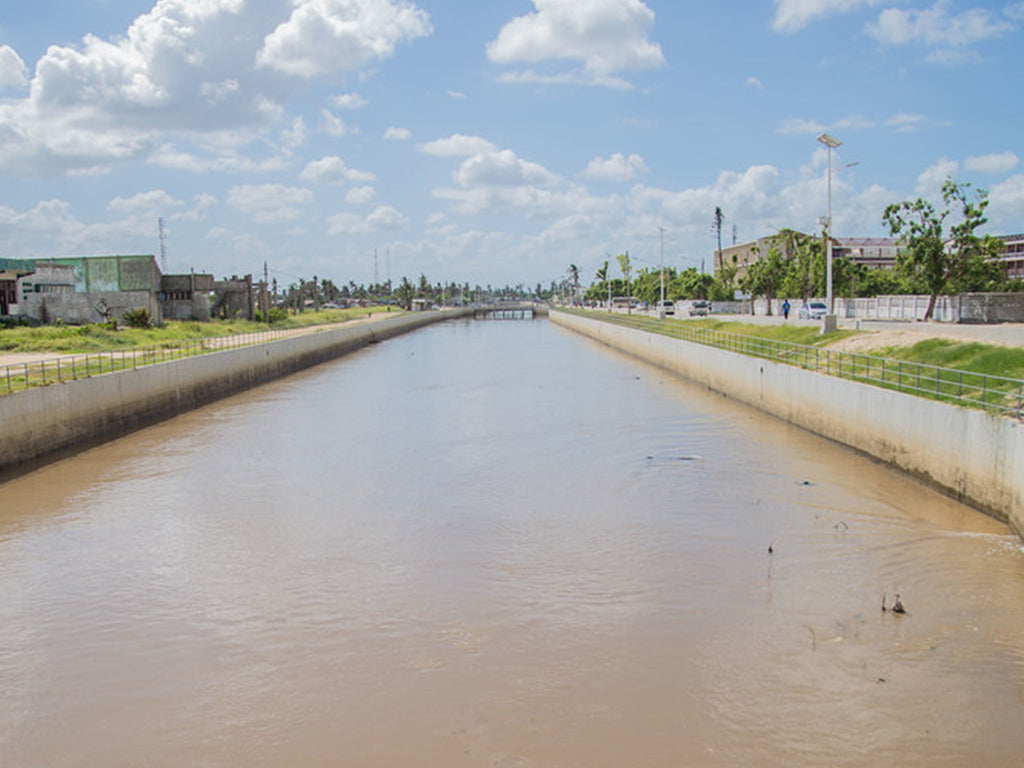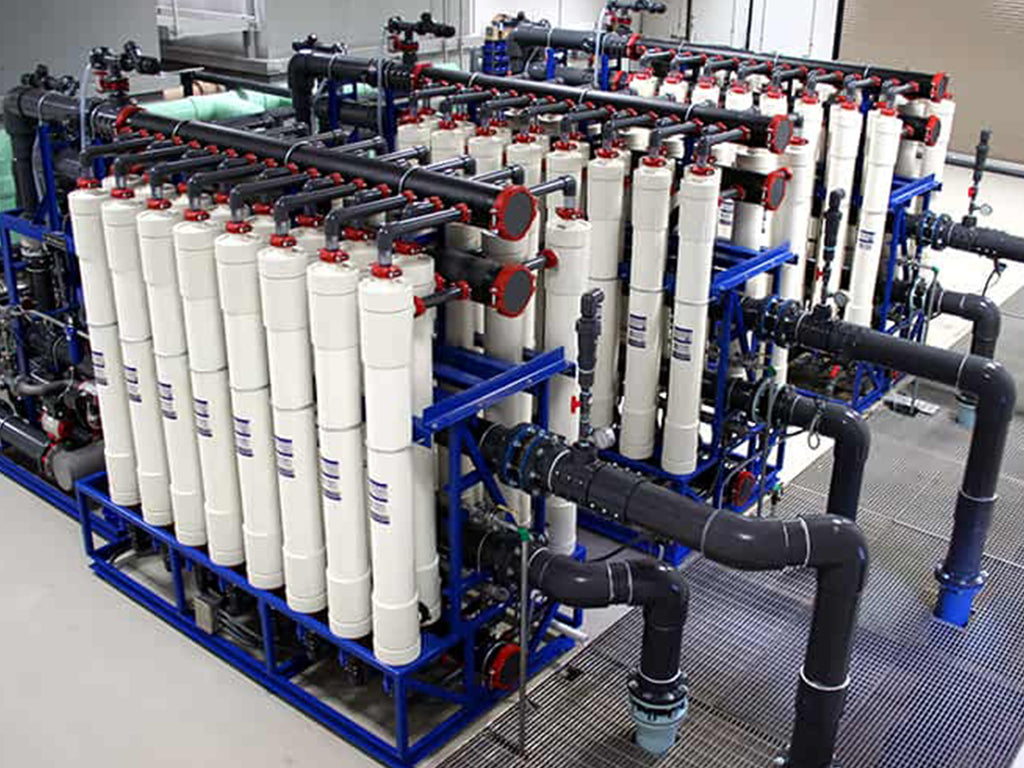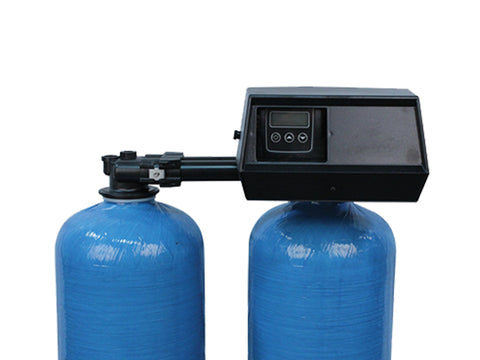Flood water treatment is one of the crucial steps that must be taken to turn contaminated water into safe and usable water. In Indonesia, flooding problems often lead to a clean water crisis as untreated flood water can cause various diseases. Through effective treatment processes, we can reduce the risk of spreading diseases, ensure the availability of clean water for daily needs, and support public health. In this article, we will discuss how flood water treatment technologies and methods can help provide clean and safe water.
Modern technologies and innovative methods in floodwater treatment play an important role in addressing this challenge. By using advanced filtration, disinfection and sedimentation systems, we can obtain clean water from contaminated sources with high efficiency. This is not only vital for recovery after a flood disaster but also as a preventive measure to secure clean water sources for communities. Therefore, an in-depth understanding of various water treatment technologies and how they are applied is key to addressing flood water issues in Indonesia.

Importance of Flood Water Treatment
Floodwater often contains harmful microorganisms, chemicals, and other particles that can pose health risks. Flood water treatment is not only about reducing negative health impacts, but also about ensuring continued access to clean water for the community. This process is not only vital to avoid the spread of waterborne diseases such as diarrhea and cholera, but it is also important to prevent long-term damage to ecosystems and groundwater resources that could be contaminated by untreated floodwater.
In addition, effective flood water treatment aids in rapid recovery from the impacts of flood disasters, allowing communities to return to normal life with access to clean and safe water. It also helps in reducing the burden on local infrastructure and health systems, which are often burdened by increased cases of illness following flood disasters. Thus, investment in floodwater treatment technologies is not only a step in addressing public health concerns but also an important strategy in disaster management and environmental health maintenance.

Flood Water Treatment Method
In an effort to address the challenges of floodwater treatment, there are various techniques and technologies that have been developed to ensure the resulting water is safe for use. These methods are designed to address different contaminants, ranging from large particles to microorganisms that can cause disease. Here are some of the main approaches to floodwater treatment that have proven effective:
-
Filtration: This process uses filters to separate dirt particles from water. Filtration is effective for removing large particles and some microorganisms. Modern filtration technologies may include the use of membrane filters that are capable of filtering out very small particles, thus improving the quality of the water produced. Ceramic, sand, and activated carbon filters are some examples that are widely used in flood water treatment.
-
Disinfection: This step is important to kill harmful microorganisms. Disinfection can be done using chlorine or UV light. Chlorination is the most common method as it is effective and economical. However, the use of UV light is also increasing in popularity as it leaves no chemical residue and is highly effective against all types of pathogens, including viruses and bacteria.
-
Sedimentation: This process allows particles to settle to the bottom of the container before the water is moved to the next stage of treatment. This method is effective for reducing water turbidity by separating solid particles from the water without the use of chemicals. In some cases, coagulants are added to speed up the particle settling process.
In addition to these methods, reverse osmosis and distillation are other advanced techniques used in certain scenarios to produce high-quality drinking water from floodwater. Reverse osmosis works by forcing water through a semipermeable membrane that filters out almost all contaminants, while distillation involves evaporating water and then condensing the water vapor to remove contaminants.
Applying a combination of these methods can significantly improve water quality and make it safe for consumption as well as other uses. The importance of choosing the right method depends on the type of contaminants present in the floodwater and the intended end-use of the treated water.
Tips for Choosing Floodwater Treatment Equipment
Facing the frequent challenges of floodwater, it is important that we understand and implement effective floodwater treatment methods. Choosing the right equipment is not only essential in addressing water quality issues but also in supporting environmental sustainability and community well-being. Below, we will discuss the critical factors that should be considered when selecting flood water treatment equipment, to ensure that you can take the right steps in providing clean and safe water for daily needs.
-
Capacity: Make sure the equipment can process the volume of water you need. Adjust to the scale of needs, whether for individual, group, or community use.
-
Effectiveness: Choose a treatment method that is effective for the specific contaminants you are dealing with. Consider the types of contaminants that frequently appear in floodwater in your area and choose equipment that can deal with them efficiently.
-
Sustainability: Consider solutions that are environmentally friendly and efficient in energy use. Equipment that minimizes chemical use and energy consumption is not only better for the environment but can also reduce long-term operational costs.
In addition, also consider the following factors when choosing equipment:
-
Ease of Use: Choose equipment that is easy to operate and maintain. Ease of use ensures that the equipment can be used to its full potential without requiring specialized skills.
-
After Sales Support: Pay attention to the after-sales support offered by the equipment provider. Good service and availability of spare parts are important to ensure smooth operation of the equipment in the long run.
-
Adaptability: Equipment that can be easily customized or upgraded provides more flexibility in dealing with changing needs or conditions.
Selecting the right floodwater treatment equipment is a critical step in ensuring access to clean and safe water post-flood. By considering capacity, effectiveness, sustainability, ease of use, after-sales support, and adaptability, you can find the solution that best suits your specific needs.

Watermart's Role in Flood Water Treatment
As a distributor of water treatment equipment, Watermart understands the importance of access to clean and safe water, especially after a flood disaster. We provide a range of water treatment equipment solutions that can help overcome flood water challenges. From water filters to UV disinfection systems, we are committed to supporting flood water treatment efforts in Indonesia. By providing the latest technology and efficient solutions, we help ensure that communities can access clean and safe water more easily and quickly.
We offer environmentally friendly and cost-efficient solutions that are not only effective in treating floodwater into water that is safe for consumption but also support environmental sustainability. Watermart tailors our approach to the specific needs of each customer, guaranteeing that the water treatment solution we provide is the best one for their unique situation. This allows us to effectively assist individuals, families, and communities in dealing with floodwater challenges.
Through this commitment, Watermart aims to be an important part of the solution in managing and treating floodwater in Indonesia, supporting the concerted effort to ensure that everyone has access to clean and safe water for their daily needs and long-term health.

.png?width=50&height=50&name=Logo_Watermart_Perkasa-removebg-preview%20(1).png)


